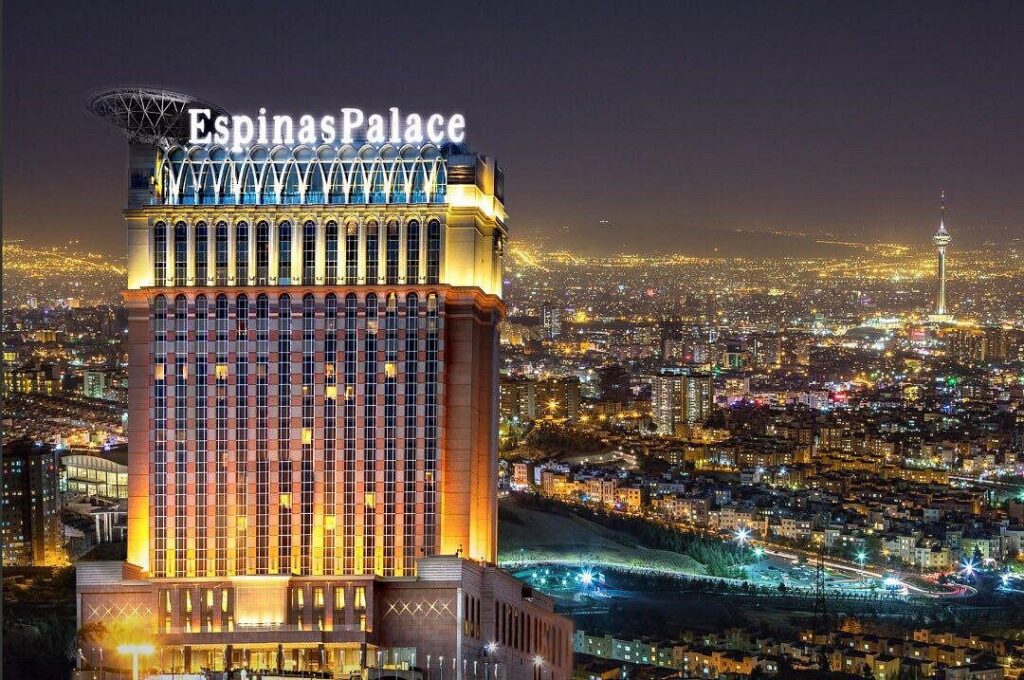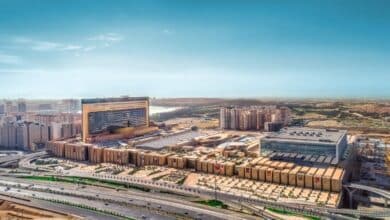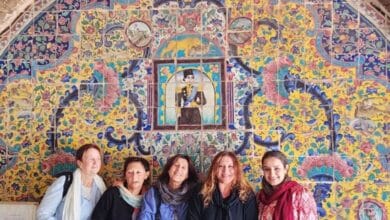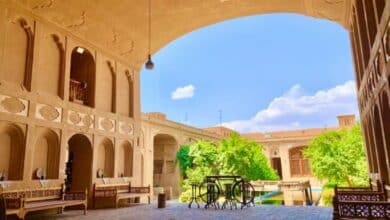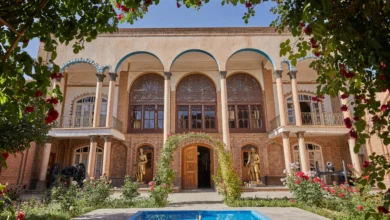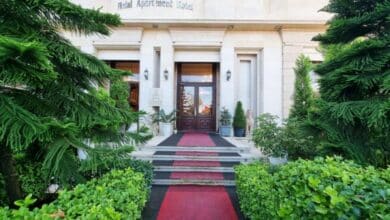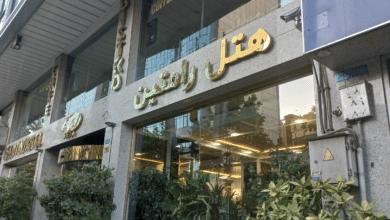Discover Iran Architectural Wonders: Mosques, Palaces, and Gardens
Top Iran Architectural Wonders You Must Visit
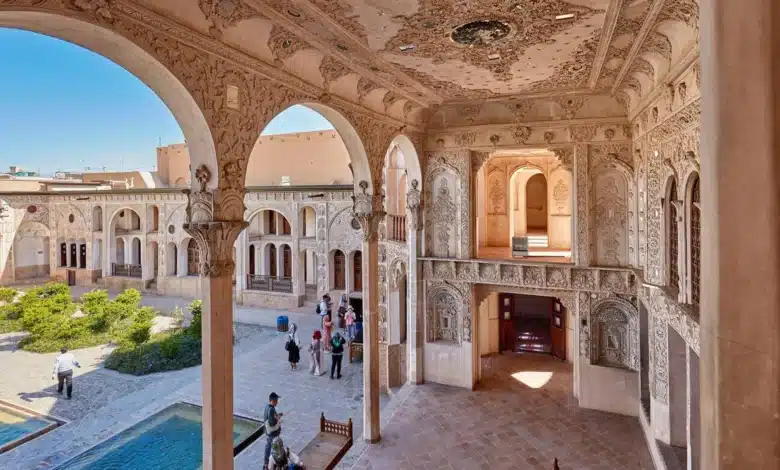
Iran’s rich history and cultural heritage have shaped it into a remarkable hub of architectural excellence, attracting global admiration for centuries. Iranian Islamic architecture stands among the world’s finest, featuring exquisite mosques and regal palaces. This guide explores Iran Architectural Wonders, highlighting its unique and enduring masterpieces.
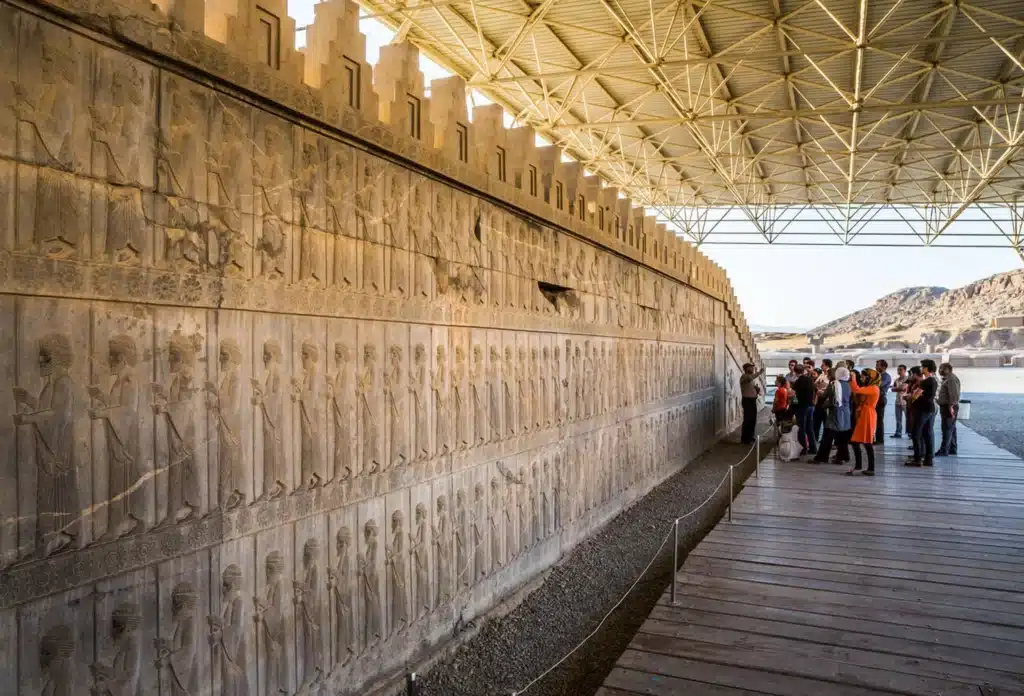
Contents
The Intersection of Persian Architecture and Iranian Islamic Art
Iran’s architecturally striking buildings result from the fusion of Persian and Islamic architecture. Before the advent of Islam, Persian architecture thrived with grand structures such as the Persepolis palaces and monolithic Achaemenid and Sassanian-era memorials. With the rise of Islam in the 7th century, Persian architects blended their deep-rooted traditions with Islamic architectural principles, creating a new and lasting aesthetic that continues to define Iran’s urban landscape.
Islamic Iranian architecture emphasizes the integration of geometry, calligraphy, and floral motifs. These intricate designs are rich in religious symbolism, reflecting Islamic ideals of unity and balance. Every architectural element is harmoniously crafted, ensuring that both form and function hold equal significance.
The Grandeur of Iran’s Mosques
Iran’s Islamic architecture is best exemplified in its mosques, which serve as both places of worship and masterpieces of artistic expression. These mosques feature breathtaking mosaics, monumental domes, and towering minarets.
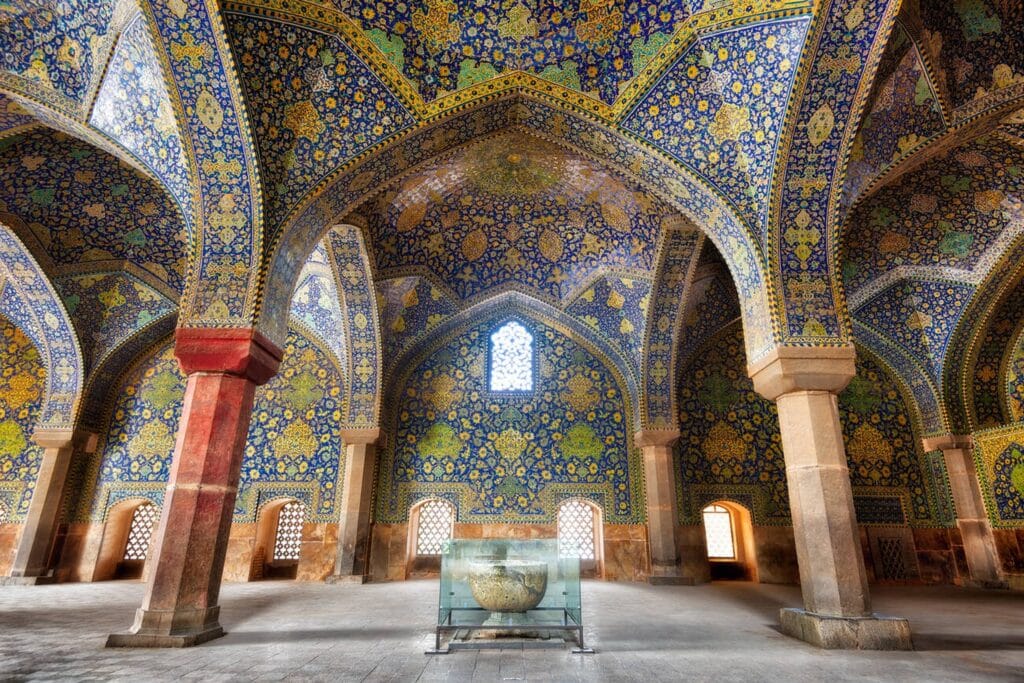
1. Shah Mosque (Imam Mosque) – Isfahan
Located in Naqsh-e Jahan Square, Isfahan, the Shah Mosque stands as a pinnacle of Safavid architecture. Commissioned by Shah Abbas I in the early 1600s, its mesmerizing turquoise dome dominates the skyline. The mosque’s entrance boasts elaborate calligraphy and mosaics, leading to a grand courtyard surrounded by arcades and iwans (vaulted corridors).
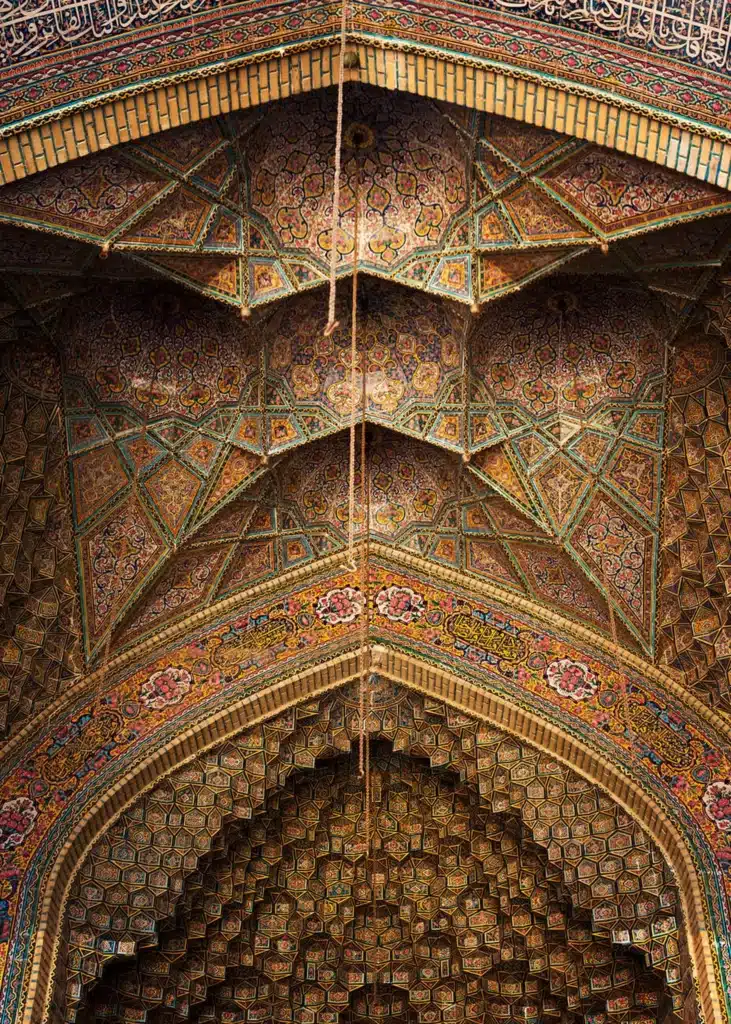
2. Nasir al-Mulk Mosque – Shiraz
The Nasir al-Mulk Mosque, also known as the “Pink Mosque,” is a striking example of Qajar-era architecture. Built in the late 19th century, it is famous for its stained-glass windows, which create a dazzling spectrum of colors at sunrise. The mosque’s intricate tile work, adorned with floral and geometric patterns, reflects Persian artistic excellence. Inside, the prayer hall exudes serenity, with towering pillars and arched niches enhancing its beauty.
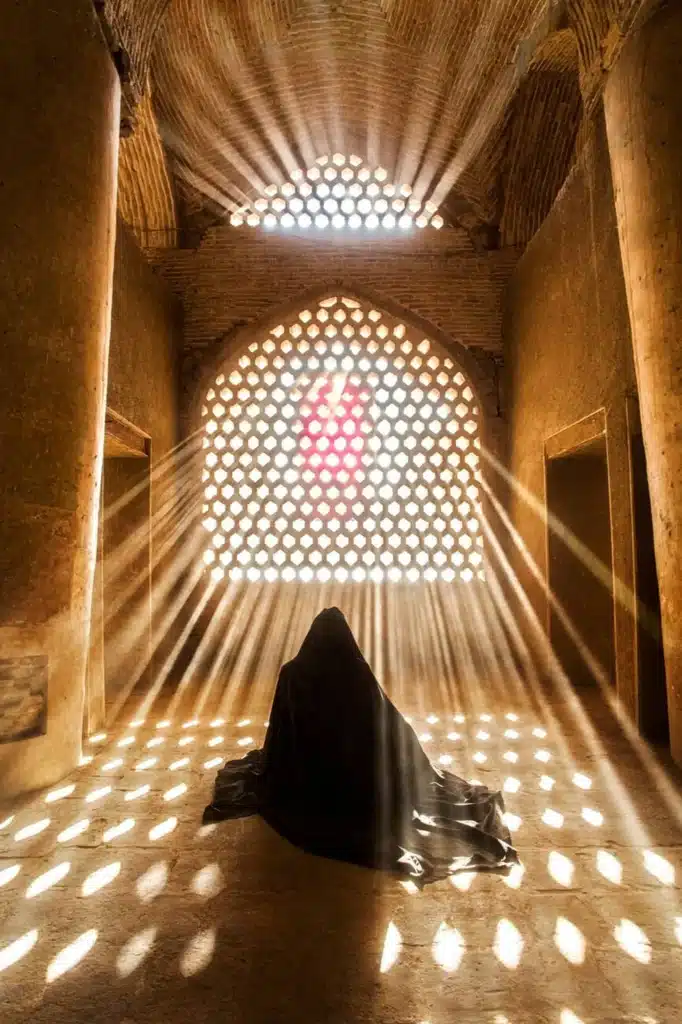
3. Jameh Mosque of Isfahan
A testament to the evolution of Islamic architecture in Iran, the Jameh Mosque of Isfahan has undergone continuous development over more than a millennium. Various dynasties, from the Seljuks to the Safavids, contributed to its expansion. The mosque’s four iwans, each distinct in tilework and calligraphy, showcase diverse architectural styles. One of its most remarkable features is the hypostyle prayer hall, an expansive space filled with columns and arches, demonstrating Persian engineering mastery.
Iran Architectural Wonders in Persian Palaces
Persian palaces symbolize the grandeur and luxury of Iran’s rulers. These magnificent structures, often adorned with elaborate decorations, were built as expressions of power and opulence, surrounded by lush gardens.
1. Golestan Palace – Tehran
A UNESCO World Heritage Site, Golestan Palace is a celebrated Qajar-era monument. Constructed in the 19th century, the palace complex comprises opulent halls, gardens, and pavilions, embellished with mirror work, tile mosaics, and exquisite paintings.
The Marble Throne Hall, featuring a dazzling throne and mirrored walls, stands as the palace’s crowning jewel. The serene gardens, fountains, and pools offer a peaceful retreat from the bustling city.
2. Ali Qapu Palace – Isfahan
Built under the Safavid dynasty, Ali Qapu Palace overlooks Naqsh-e Jahan Square. This six-story structure features an impressive terrace, providing a panoramic view of Isfahan. The palace’s stucco decorations and acoustically optimized music hall represent Persian architectural brilliance. Its walls are adorned with detailed frescoes and paintings, depicting the grandeur of Persian royal life.
The Timeless Beauty of Persian Gardens
Persian architecture extends beyond buildings into exquisitely designed gardens. Known as “Bagh,” these gardens represent an earthly paradise, combining natural beauty with meticulous design.
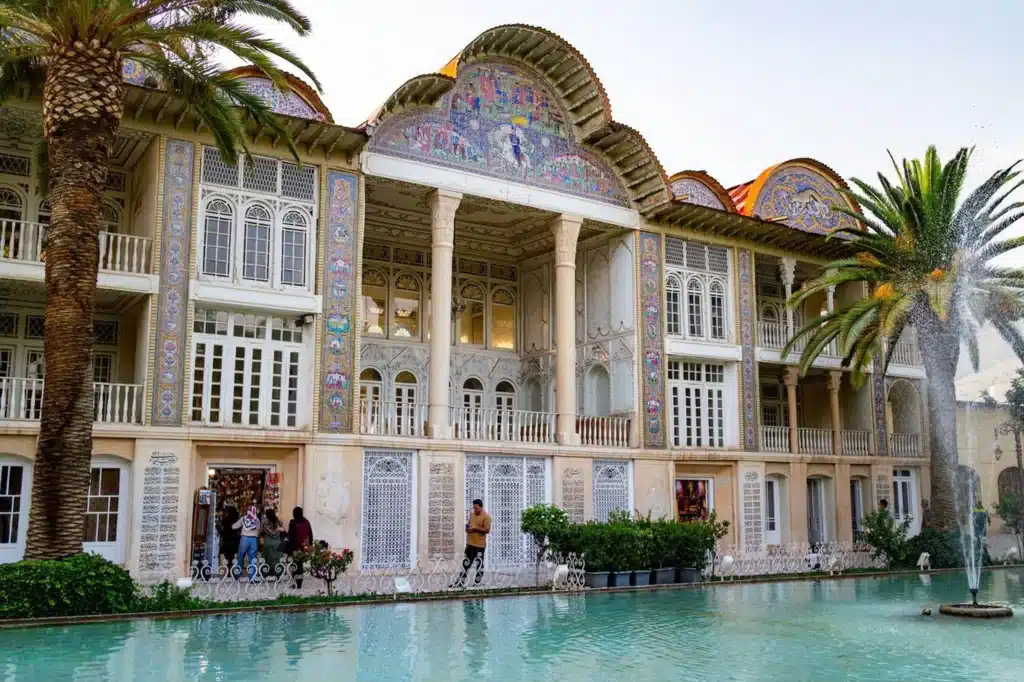
1. Eram Garden – Shiraz
A UNESCO-listed Persian garden, Eram Garden is one of Iran’s most famous historical landscapes. Originating from the Qajar period, it is designed around a central pavilion, surrounded by flowing water streams, lush trees, and vibrant flowers. The pavilion’s mirrored walls and Persian tile work enhance the garden’s visual harmony.
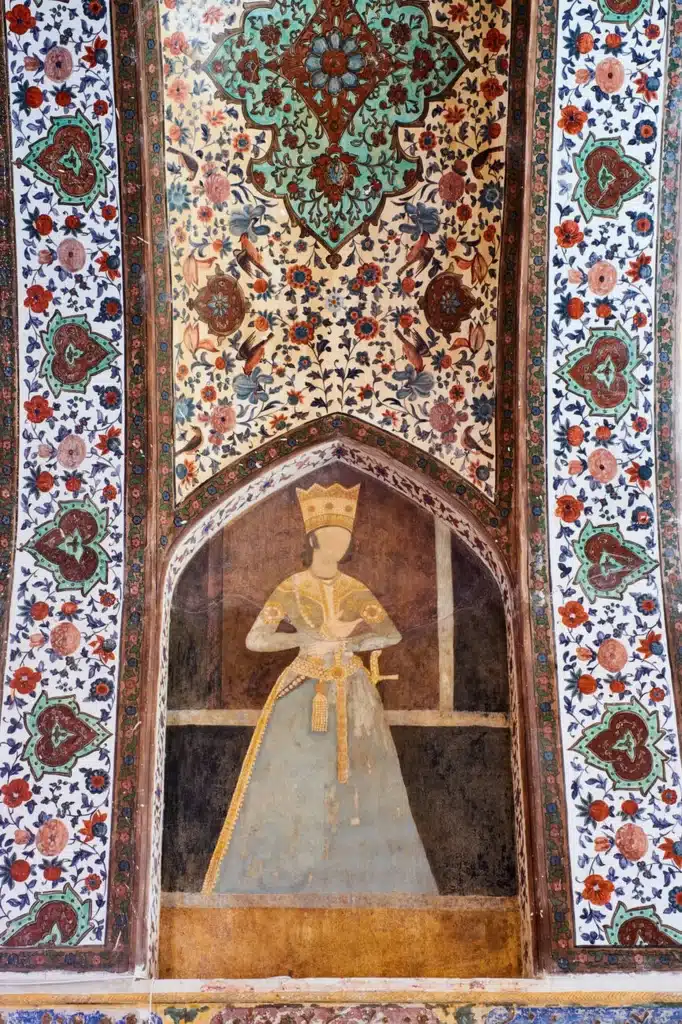
2. Fin Garden – Kashan
Fin Garden is one of Iran’s oldest Persian gardens, dating back to the Safavid era. Located in Kashan, it is known for its towering cypress trees, cascading fountains, and serene water channels. The garden’s central pavilion, with its blue-tiled dome and arched windows, is an architectural marvel. Designed to emphasize shade and water, the garden offers a tranquil retreat.
Conclusion
Iranian architecture seamlessly merges art and design to create spaces that transcend the physical world. From soaring domes to lush gardens and majestic mosques, every corner of Iran’s architectural landscape tells a story of beauty, precision, and cultural depth.
FAQs
1. What are the two main influences on Iran’s Islamic architecture?
Iranian architecture is shaped by a blend of Persian and Islamic influences, combining historical craftsmanship with Islamic artistic principles.
2. How is Nasir al-Mulk Mosque different from other mosques in Iran?
Known as the “Pink Mosque,” Nasir al-Mulk Mosque stands out for its stained-glass windows, which create a vibrant interplay of colors at sunrise, along with its exquisite floral and geometric tile work.
3. What defines the design of Persian gardens like Eram Garden?
Persian gardens, such as Eram Garden, are distinguished by their symmetrical layouts, central pavilions, flowing water channels, and lush greenery, creating a serene and visually captivating environment.
